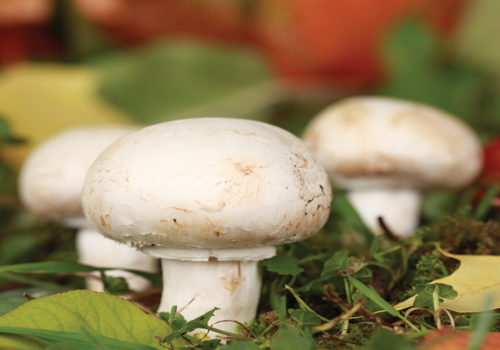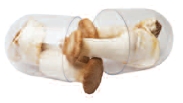Mushrooms are really important. If this fact seems foreign to you, don’t blame yourself. Blame geography and the slow-growing understanding of their many uses. Though we eat plenty of mushrooms here in the West, other cultures have long valued them for their medicinal uses. Today, the knowledge of how they can be grown, prepared and used to improve our health is finally spreading, while innovation drives the category to new places.
“Because they belong to the fungal kingdom, they have properties and benefits unlike those of plants. In my opinion, a supplement program is not complete without a mushroom supplement,” says Ken Babal (www.nutritionmusician.com), clinical nutritionist and author of Mushrooms for Health and Longevity. With what follows, we’ll add to your mushroom knowledge bank so you can clue your customers in on these nutritious fungi.
Growing Options
Cultivating or procuring mushrooms for human consumption is not a simple matter. There is much expertise that must come into play, and since the goal is to create an effective end product, the question is which growing practices are best in different circumstances.
“Mushrooms, by nature, are highly 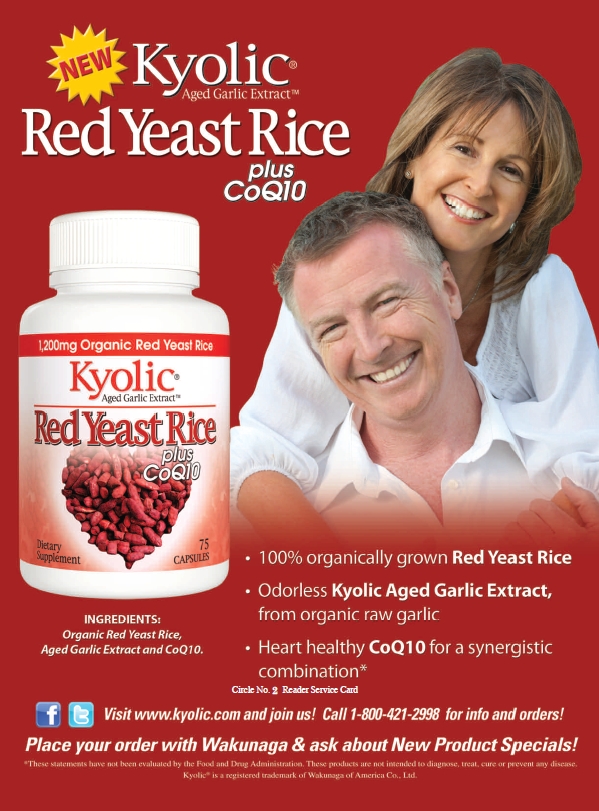 perishable,” says Paul Stamets, D.Sc., author and founder of Fungi Perfecti (maker of Host Defense Organic Mushrooms), Olympia, WA. The majority of soft-fleshed mushrooms are fresh for only a few days, as insects and animals attack them due to their nutritious value and their fragrance, he explains. Wild-harvested mushrooms, therefore, often host insects that harm mushrooms, and those wounds allow for bacteria and mold to grow quickly.
perishable,” says Paul Stamets, D.Sc., author and founder of Fungi Perfecti (maker of Host Defense Organic Mushrooms), Olympia, WA. The majority of soft-fleshed mushrooms are fresh for only a few days, as insects and animals attack them due to their nutritious value and their fragrance, he explains. Wild-harvested mushrooms, therefore, often host insects that harm mushrooms, and those wounds allow for bacteria and mold to grow quickly.
Mushrooms cultivated under controlled conditions are more easily harvested sustainably and in their prime, Stamets believes. Indoor mushrooms can be harvested year round, as opposed to being weather-dependent, and he adds that some scientists are concerned about the impact of harvesting wild mushrooms on a large scale.
Mushrooms themselves do not have strong immune systems, Stamets says, but the fine, cobweb-like mycelium that mushrooms grow from does, and we can benefit from it. “Mushroom mycelium cannot be harvested effectively outdoors, so only indoor cultivation of mycelium is possible or practical for generating mycomass for products,” he says.
There are a variety of ways to manipulate the mushroom growing environment, according to Mark Kaylor, Ph.D., vice president of education and research at Mushroom Wisdom Inc., East Rutherford, NJ. He says his company employs growing techniques that mirror how mushrooms would grow in their natural habitats. The goal is an “outdoorsy” setting, with the belief that this produces a heartier, richer mushroom that resembles its wild counterparts.
The benefits of some fungi may not be as reproducible indoors, however. David Allen, sales manager for North American Herb and Spice, Buffalo Grove, IL, says chaga differs from other medicinal mushrooms since its “conk” develops as the result of an antagonistic relationship with a birch tree. “This is important because the sterile chaga conk, the portion of the mushroom that is harvested, gains its medicinal value when it interacts with the birch, absorbing constituents like betulin, plant phenols and sterols,” Allen says. Nutritionally deficient mycelium would result from trying to reproduce this process in a lab or on a farm, he believes.
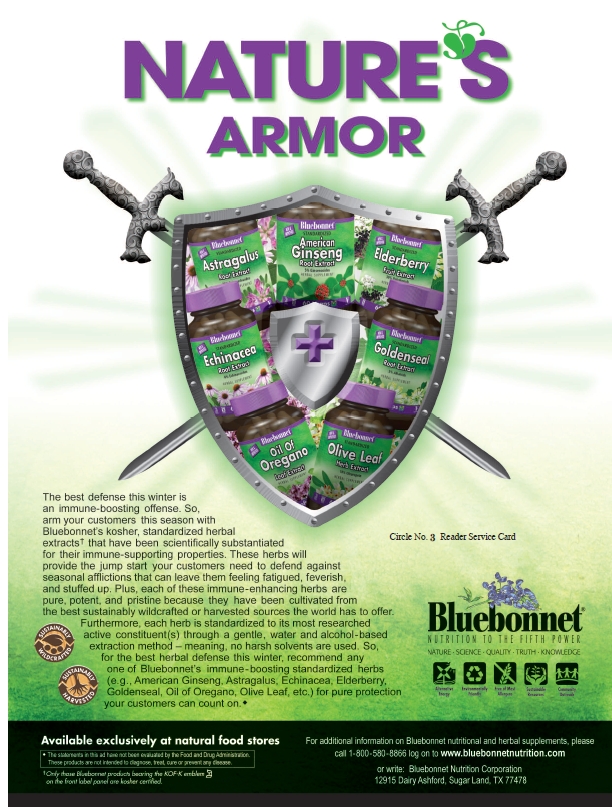 There are various methods available for cultivating medicinal mushrooms, according to John Seleen, president and founder of MushroomScience and JHS Natural Products, Eugene, OR. They can be grown in greenhouses using sterilized sawdust in bags or on hardwood logs. “The mycelium can also be cultivated in fermentation tanks, also known as submerged culture,” he says.
There are various methods available for cultivating medicinal mushrooms, according to John Seleen, president and founder of MushroomScience and JHS Natural Products, Eugene, OR. They can be grown in greenhouses using sterilized sawdust in bags or on hardwood logs. “The mycelium can also be cultivated in fermentation tanks, also known as submerged culture,” he says.
The growing medium chosen for a mushroom, says Kaylor, is often determined by which part of the fungus will be used in the finished product. If the product will be extracted from the fruiting body (i.e., the actual mushroom we’re used to looking at), then wood or wood biomass can be used. The upside is that the mushrooms are grown on a substrate similar to what would occur naturally.
If, conversely, the mycelium needs to be harvested, then an edible biomass should be used. This is because it is very difficult and expensive to completely extricate the biomass from the mycelium for a finished product. “The downside to this process in some eyes is that the mushroom is grown on a food source that it would not naturally be growing on,” Kaylor says.
In the wild, mushrooms can reproduce sexually or asexually, primarily through spores. Controlled reproduction of mushrooms through the use of tissue cultures can be beneficial, in part because it allows the purity of the mushroom strain to be maintained, according to Lynn Monroe, co-founder of FungusAmongUs, Inc., Snohomish, WA.
Dan Lifton, CEO of Quality Of Life Labs, Purchase, NY, describes the way his company’s proprietary mushroom ingredient is produced. “A small cell culture is removed from the original master batch of mushroom mycelia grown in a petri dish and transferred into larger containers, ensuring that the DNA of the final products is identical to the original mycelial cell wall,” he says. This identity is validated through post-production testing, he adds, making for a unique overall approach to producing mushroom-based extracts.
In summary, Bruce Abedon, Ph.D., director of scientific affairs for NutraGenesis LLC, Brattleboro, VT, notes that controlled cultivation ensures a steady supply of genetically distinct mushrooms. This allows for better control over the levels of bioactive compounds in mushroom products, as opposed to wild-sourced mushrooms, which may have some variation.
Extraction: How and Where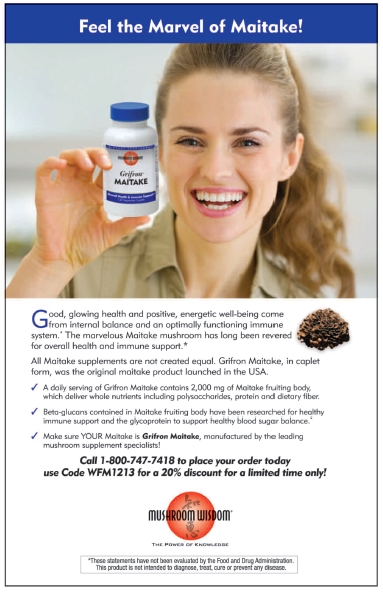
Though many mushrooms are packed with health benefits, getting at what’s inside isn’t as simple as turning them inside out. For one thing, beneficial compounds are often primarily concentrated in one part of the fungus. Once these facts are determined, there is still the matter of selecting the best and most efficient method of extraction.
For mushroom supplements, it is often a matter of the mycelium versus the fruit body: where are the health-promoting nutrients housed? “Mushroom products can be produced utilizing only the fruiting bodies, only the mycelia or a combination of both,” says Dan Chapman, founder and CEO of Redd Remedies, Bradley, IL.
Seleen says that if one is only after the polysaccharides (typically beta-glucans), the mycelium is fine for extraction. For cordyceps, in fact, he says extracting from mycelium cultivated in submerged culture is best. In reishi and chaga mushrooms, the fruit body has key active compounds that the mycelium is missing. Reishi fruit bodies contain triterpenes, which allow reishi to provide benefits for autoimmune conditions, inflammation and liver health, Seleen explains. In chaga, the mycelium lacks the betulinic acid and polyphenols that give chaga its antioxidant benefits.
Data indicate that the cell walls of the mycelium often possess the greatest bioactivity and healthful compounds, says Lifton. Mycelial extracts of several subspecies in the Lentinula edodes, or shiitake family of mushrooms, fermented in a cultured rice bran medium, produce a unique, low molecular-weight compound. This proprietary compound contains immune-modulating alpha-glucans, an action that he says has been clinically validated in human studies. Other mushroom extracts typically contain beta-glucans with only small quantities of alpha-glucans, Lifton says.
Water-based extraction from mushrooms, as in medicinal teas, has deep historical roots in traditional Chinese medicine (TCM), according to Chapman. This has been translated into modern water extraction methods used to make mushroom products. But there are options, as alcohol can also be used in some cases. In addition to the extraction site, manufacturers must determine the best extraction method for their products.
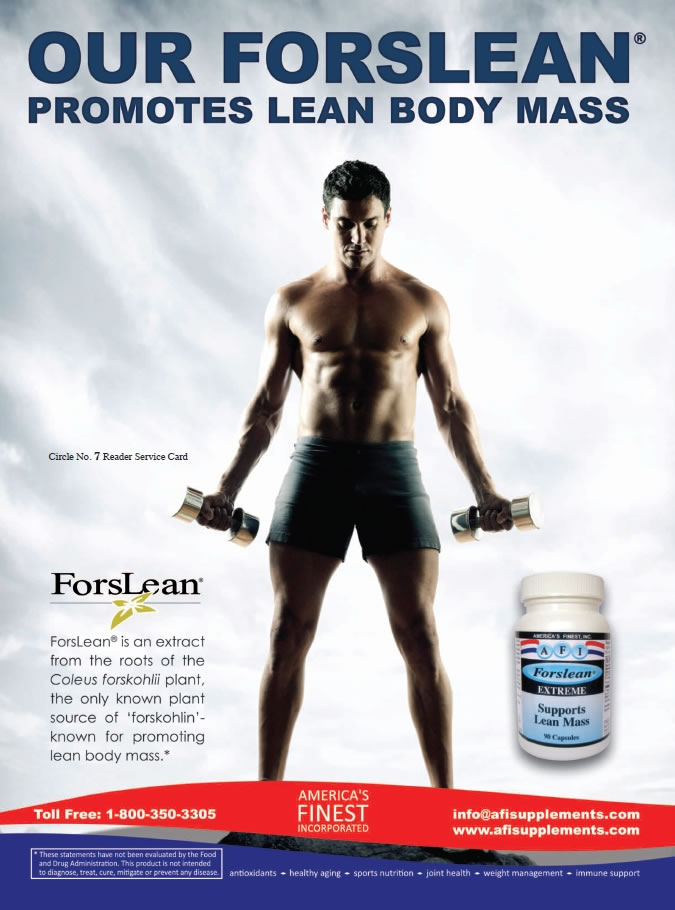 Chapman says that for reishi, his company uses hot-water extraction on the fruiting body, as was done in TCM. With other medicinal mushrooms, such as cordyceps, manufacturers “focus on an alcohol extract of the mycelia because the beneficial components are found only in the mycelia,” he says. Traditionally, Allen notes that the nutrient-dense chaga conk was boiled to extract its constituents. New methods can use spice oils to extract the compounds in chaga.
Chapman says that for reishi, his company uses hot-water extraction on the fruiting body, as was done in TCM. With other medicinal mushrooms, such as cordyceps, manufacturers “focus on an alcohol extract of the mycelia because the beneficial components are found only in the mycelia,” he says. Traditionally, Allen notes that the nutrient-dense chaga conk was boiled to extract its constituents. New methods can use spice oils to extract the compounds in chaga.
The choice mostly depends on the type of solubility the desired compounds possess. Babal provides a breakdown by saying that most of the active polysaccharides in mushrooms are water soluble, while some are fat soluble and extractable by ethanol (alcohol). He cites lion’s mane, often linked with brain and nerve support, as an example of a mushroom that has both water- and fat-soluble compounds.
According to Stamets, “In the past 20 years, hundreds of articles have been published in peer-reviewed journals showing that non-water soluble compounds, like sterols and terpenes, for instance, are more readily extracted in alcohol than hot water.” For this reason, extracts that utilize both water and ethanol may provide more benefits than those that just use water. Stamets believes that partitioning beneficial compounds away from others present in the mushroom means losing the synergistic actions nature has designed.
Kaylor notes his company uses this dual extraction method to concentrate the diverse compounds present in some mushrooms. He adds that in addition to alcohol and water, companies sometimes use “various specific and more intricate extractions looking to concentrate specific compounds.”
Another issue related to extraction, according to Stamets, is that many compounds, particularly the highly valued beta glucans, are tightly locked within the cellular matrix of the fungus. If they can’t be solubilized away, they can be difficult to detect through testing. Levels of beta glucans in the final extract, often cited on product labels, can therefore be tough to determine from lot to lot, according to Stamets.
Whole mushrooms, like extracts, can also be rendered into powders, which have their own uses and advantages. But Abedon points out that dosing can be easier with extracts. “The advantage of extracts is that the levels of bioactives are concentrated during the extraction process, so that a higher efficacy, smaller effective dose or both are achieved. Because they are less concentrated, higher doses of whole mushroom powders must be consumed in order to produce significant health benefits,” he says.
Further contrasting extracts with the use of whole mushrooms, Seleen repeats the advice of mushroom author Martin Powell. In a certain mushroom supplement regimen, he recommends 3–6 grams per day if using a hot water extract powder. If using non-extracted mycelium biomass powder, Powell recommends a much higher dose of 15–50 grams per day. Seleen adds that most scientists feel that extracts may be superior, even if dosing is made equivalent.
Monroe only cautions that with capsules, one should verify the amount of actual mushroom extract present versus the amount of filler. She points out that many may prefer to “eat their medicine,” in the form of whole mushrooms.
|
Mushroom Products
Fungi Perfecti: Host Defense Mushroom Extracts, Host Defense Mushroom Capsules. |
|
Purity and Safety
The purity of mushroom products is an issue that involves both their growth and production. The general consensus is that toxins are less of a concern when mushrooms are cultivated in a controlled environment. “Mushrooms are a reflection of the environment in which they are grown. The cleaner the air, the water and the ingredients, the purer the product,” says Stamets. Heavy metals are a chief concern, as mushrooms have a tendency to concentrate them, he says. Kaylor explains the reason why is that mushrooms are excellent chelators of metal.
“California Proposition 65 standards are especially stringent. Reputable companies test for heavy metals to make sure they comply with these standards,” says Babal. He notes that this tendency to gather heavy metals is a trait mushrooms share with some types of plants. Seleen echoes this point, saying that anything grown in the soil will have trace amounts of elemental metals. Blackberries, cabbage and other commonly consumed fruits and vegetables are all susceptible, he says.
Wild-grown mushrooms certainly must be tested, Lifton believes. “The benefit of mushrooms grown in indoor tanks or other media is that they provide a highly controlled environment where such environmental toxins are not a concern,” he says. Wild-harvested mushrooms can be used, so long as they are tested for contaminants, including mold growth, Seleen says.
“We test for all the standard heavy metals along with pesticide residue, solvent residue and the presence of unwanted microorganisms. In the 17 years we have been using Chinese mushrooms, we have never found any significant levels of heavy metals,” says Seleen.
Beyond testing, Monroe says that regular U.S. Food and Drug Administration inspections, as well as organic certification, are means of safeguarding against impurities in mushroom products. Stamets agrees that organic certification is a factor to consider, since organic mushrooms shouldn’t have any exposure to toxins from insecticides and other substances.
Third-party inspection and testing is another safeguard, Stamets suggests. As a retailer, knowing the location of the mushroom growing facility, its safety record and level of staff training can all serve as assurances, he adds. Stamets also tells us that DNA testing can be used to authenticate the identity of mushroom products.
As with any dietary ingredient, the potential for toxicity will also exist with mushrooms, but with safeguards at the harvesting, processing, manufacturing and finished product stages, the risk can be diminished, according to Allen. He says of his company’s methodology, “Microbiological testing is done at every stage of the process to ensure a safe and effective finished product.”
Two things for consumers to consider, per Monroe, is that whole mushrooms should usually be cooked for safety, though raw button mushrooms are often used in salads. “Another important thing to remember is to start out eating small amounts of any new species that you try, to make sure that you don’t have an allergic reaction,” she says.
Science and Health Benefits
Want a mushroom fun fact? According to Abedon, mushrooms share 25% of their DNA with humans, making them more closely related to us than to plants. In light of this, it is less surprising that they are so capable of supporting our health in various ways.
Immune support is the area most widely associated with the use of mushrooms for health purposes. “The main bioactives are beta-glucans derived from mushroom cell walls, which potentiate the immune system by binding to receptors on immune cells, leading to enhanced immune cell number and activity,” Abedon explains. Adding more detail, he says that human clinical and pre-clinical trials on his company’s patented extract of maitake mushroom (MaitakeGold 404) have found it to increase the number and/or activity of immune cells including macrophages, neutrophils, T-cells, Natural Killer cells and cytokines.
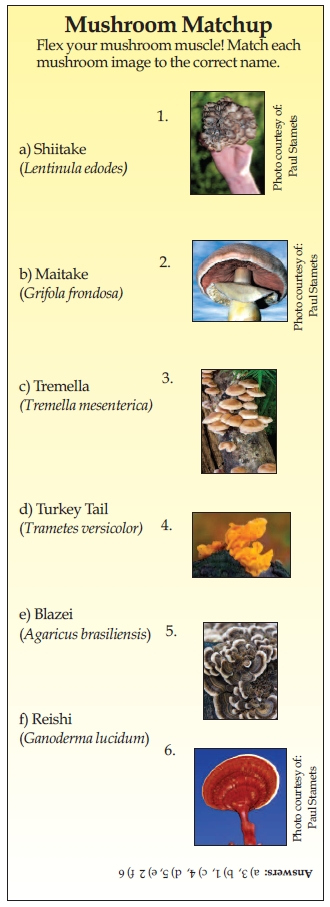 Mycelium of his company’s turkey tail mushroom was chosen for a study on immune support in breast cancer patients, Stamets says. Researchers found statistically significant increases in immune cell activity in those that supplemented, on a dose-dependent basis (1). He goes on to say that his company is working with medical schools and has applied for an NIH grant to develop methods and standards for analyzing mushroom products with immunological testing. A current area of study is the use of lion’s mane in memory and cognitive support.
Mycelium of his company’s turkey tail mushroom was chosen for a study on immune support in breast cancer patients, Stamets says. Researchers found statistically significant increases in immune cell activity in those that supplemented, on a dose-dependent basis (1). He goes on to say that his company is working with medical schools and has applied for an NIH grant to develop methods and standards for analyzing mushroom products with immunological testing. A current area of study is the use of lion’s mane in memory and cognitive support.
In ongoing NIH-funded research referenced by Seleen, scientists from Bastyr University and the University of Washington examined the effects of polysaccharide krestin (PSK), a hot water extract of the coriolus mushroom, on the immune systems of mice with cancer. From these pre-clinical studies, they concluded that the ingredient holds promise, and researchers have now begun clinical trials into its safety and efficacy.
There is a plethora of research ongoing into mushrooms and their properties. Kaylor encourages people to visit PubMed.gov or the research site www.bioupdate.org to explore the mounds of research being done on what he calls our “powerful healing allies.”
Mushroom strong suits. Some mushrooms have garnered reputations for being particularly helpful with specific aspects of health, though they can’t be said to treat or cure any condition or disease. Stamets starts off by pointing to lion’s mane. As we’ve mentioned, it is increasingly being linked with memory and cognitive support. Lion’s mane has particular benefits as a neuroprotective, Chapman says, and there is research to back this notion.
“Compounds in lion’s mane have been shown to regenerate neurons by stimulating production of nerve growth factor, a protein involved in the maintenance, survival and regeneration of neurons during adult life. As we age, nerve growth factor declines, resulting in less efficient brain functioning,” says Babal, adding that clinical studies demonstrate improvements in dementia symptoms with lion’s mane.
For baseline support in a number of areas, Chapman touts reishi, calling it the “hands-down superstar” of the healthful mushrooms lineup. It is an adaptogen, meaning it helps the body and immune system achieve a healthy balance amid stressful conditions. Chapman says it has liver-protective properties, and that it also shines as a respiratory health aid. “Not only does it have traditional roots for respiratory infections, it also has significant science to support its use in bronchitis and other respiratory ailments,” he says.
Cordyceps, Seleen says, can help balance the hypothalamic-pituitary-adrenal (HPA) axis, which is critical for stress management. Finally, while we’ve noted that many mushrooms may support immunity, Stamets says turkey tail is especially important in this area.
Talking Mushrooms
In addition to information we’ve already provided, here are some other things to focus on as you introduce your customers to the wonderful world of mushrooms. Make sure, first of all, that you convey their value. “Medicinal mushroom extracts are, dollar for dollar, the most effective immune support supplements on the market. Nothing else even comes close,” Seleen argues.
Also make sure customers are aware of some of the potential benefits of mushrooms beyond immune health. Stamets explains that mushroom mycelia infuse landscapes on large scales, and secrete compounds that have antiviral and antibacterial properties for protection from predators and other fungi. Mycelium is adept at digesting plants, and we can benefit from the digestive enzymes they secrete. This can only occur if these “extracellular juices” are preserved well during processing. “Freeze drying is one of the best methods for preserving these secondary metabolites, while most other methods lose them,” Stamets says.
Because consumers may be familiar with at least some mushroom species through their culinary uses, like shiitake and maitake, there is an opportunity to educate people on their health-oriented uses, including immune support, anti-aging, stamina, cardiovascular health and cognition, says Abedon. Their role as dietary supplements, he believes, may meet with broad acceptance if this tactic is taken.
“The benefits of medicinal mushrooms are just being realized on a consumer level here in the West. We feel it’s an exciting and incredibly promising option for customers dealing with some very common health problems, such as elevated cholesterol levels, brain health and stress to name a few,” says Chapman.
Lastly, it may interest your customers to note the ways that mushrooms aren’t just about us. For instance, Babal says that maitake extract has been shown to be highly effective in helping with canine cancers, though of course a vet should be consulted before attempting any intervention. “This is welcome news because treatment modalities for dogs are rather limited,” he says.
Stamets also rattles off many intriguing ways that mushrooms are being utilized by various industries, such as the use of “mycofiltration” methods to clean water using mushroom mycelium. “Mycoremediation” is the use of mushrooms to help breakdown or neutralize toxic waste. Certain fungi are a threat to insects, and can therefore even be used as a repellent to pests like termites. WF
Reference
1. C.J. Torkelson, et al., “Phase 1 Clinical Trial of Trametes versicolor in Women with Breast Cancer,” ISRN Oncol. 2012, Article ID 251632 (2012).
Published in WholeFoods Magazine, December 2013

